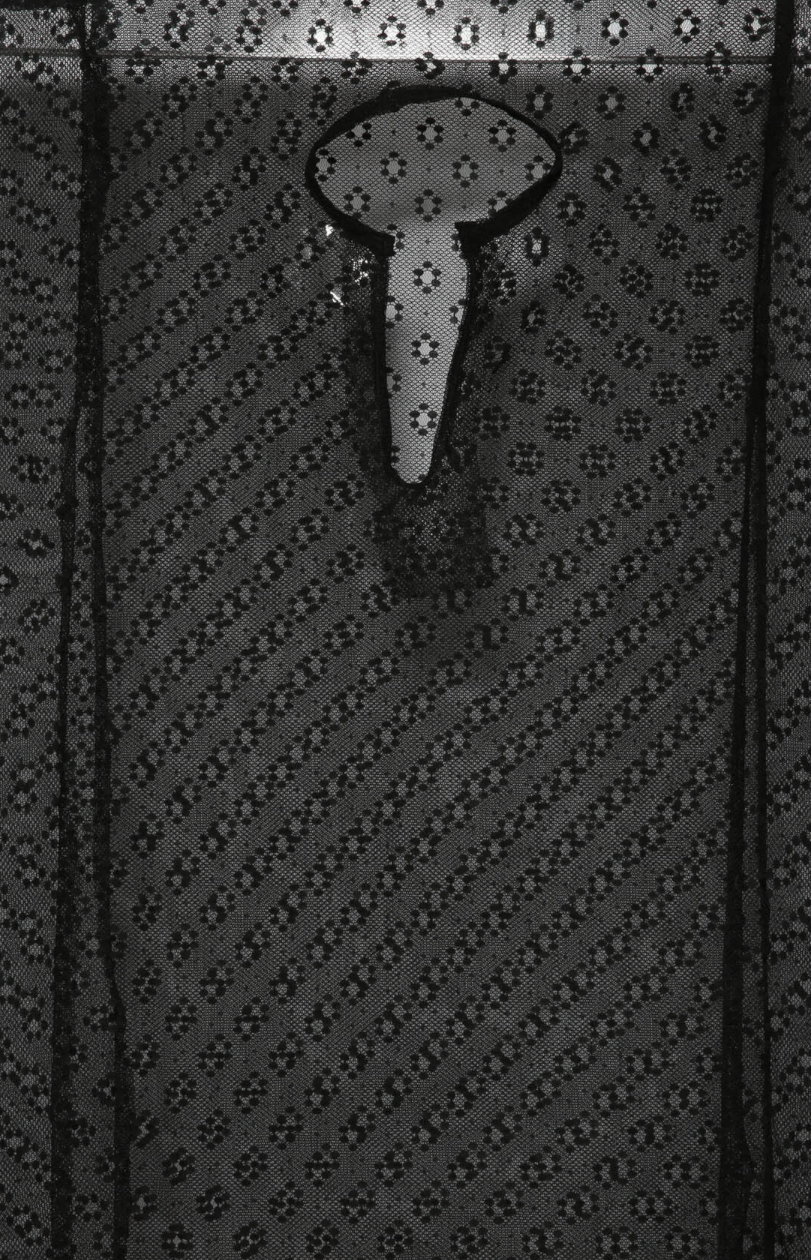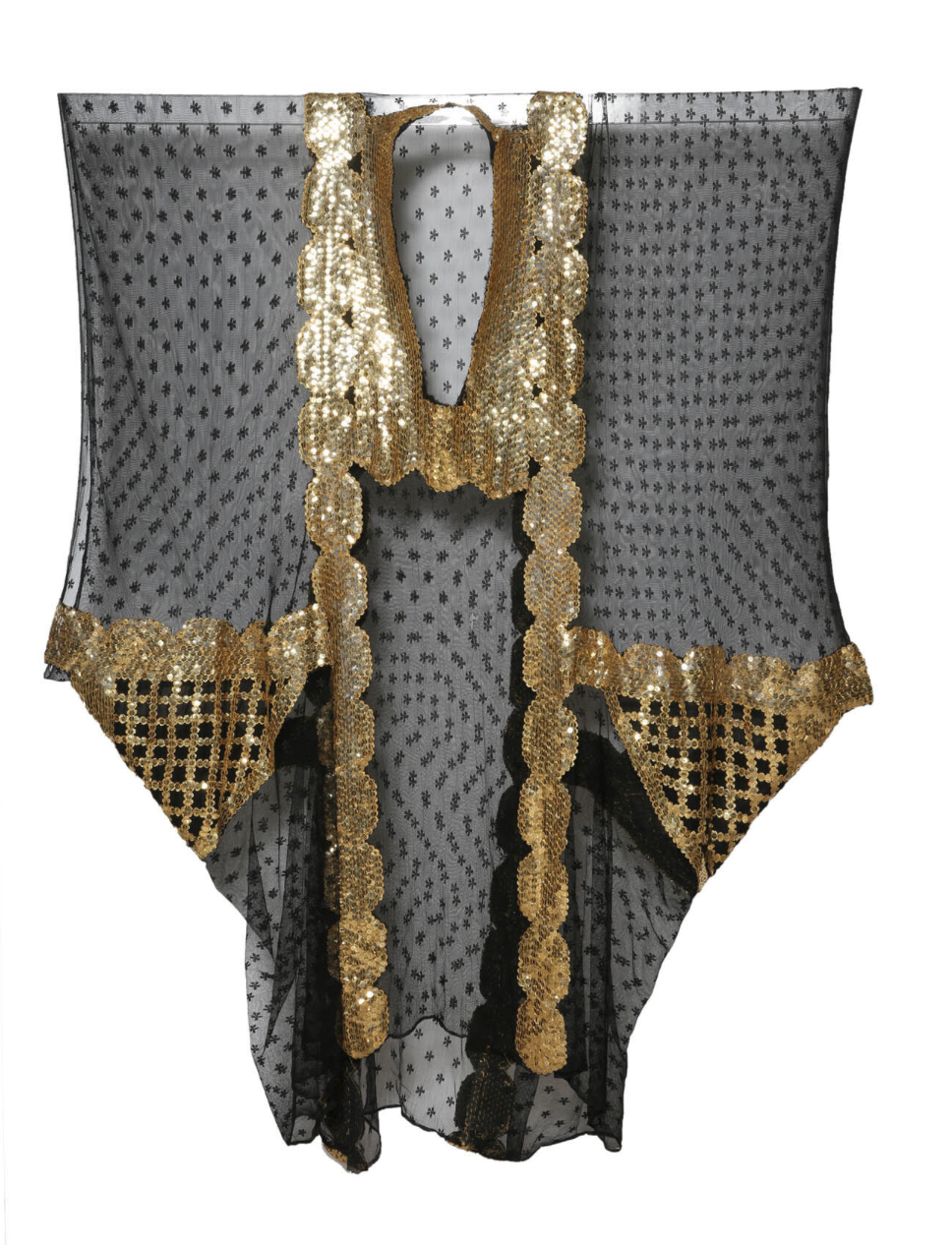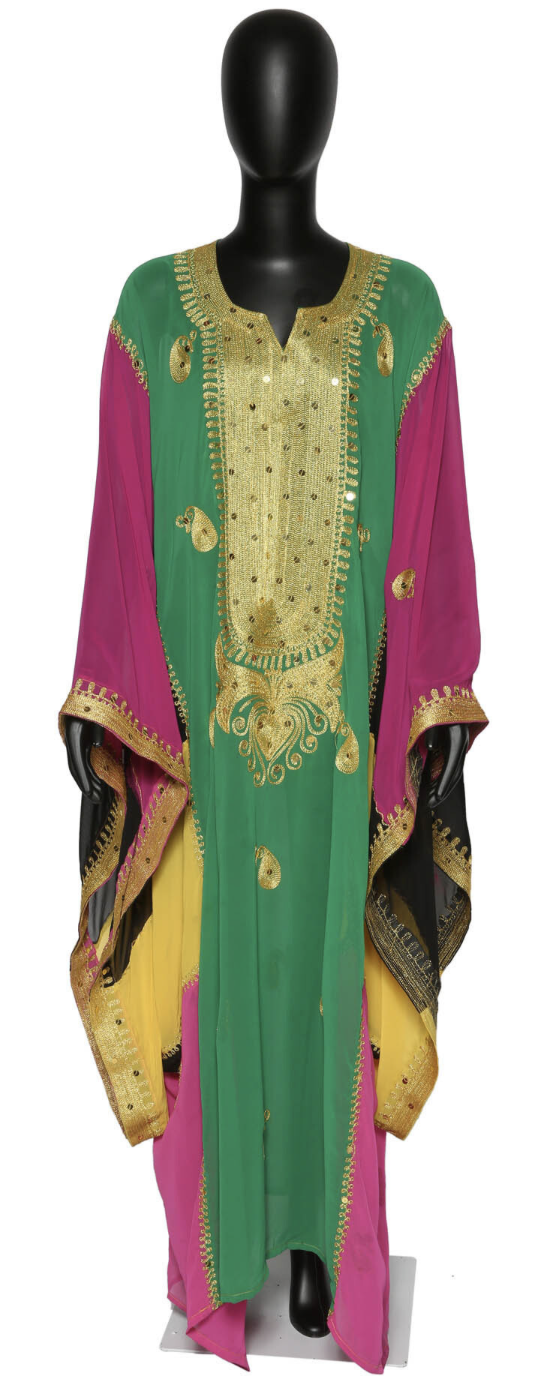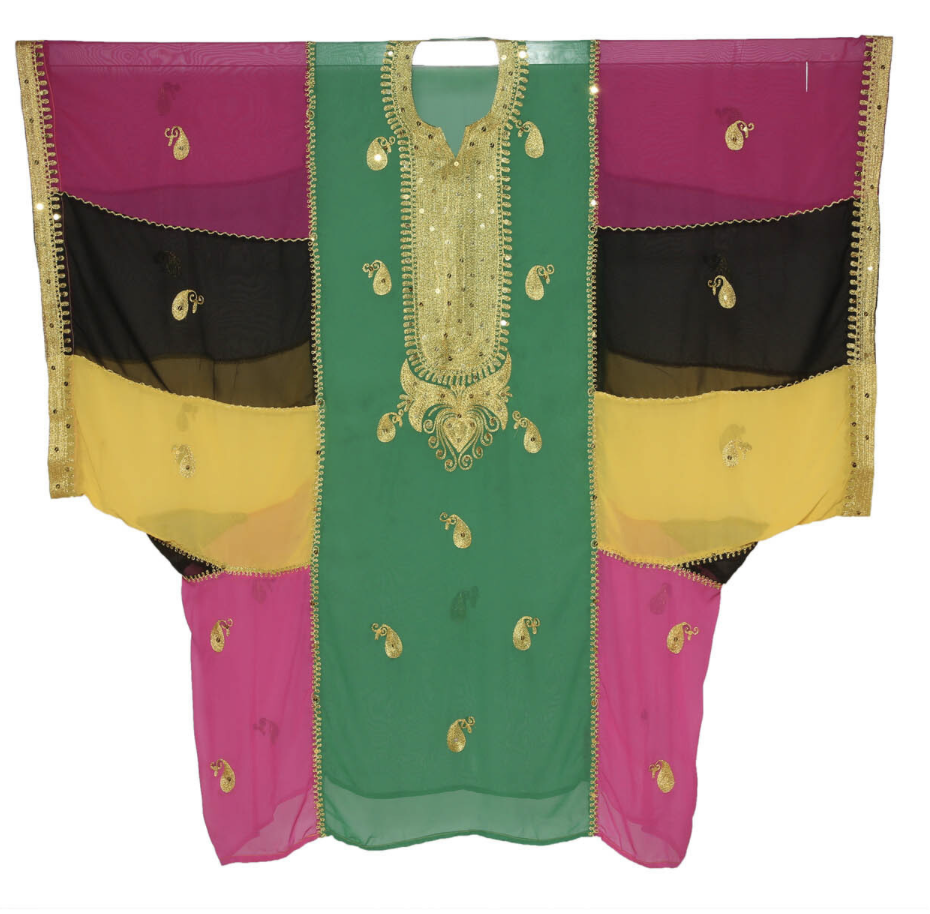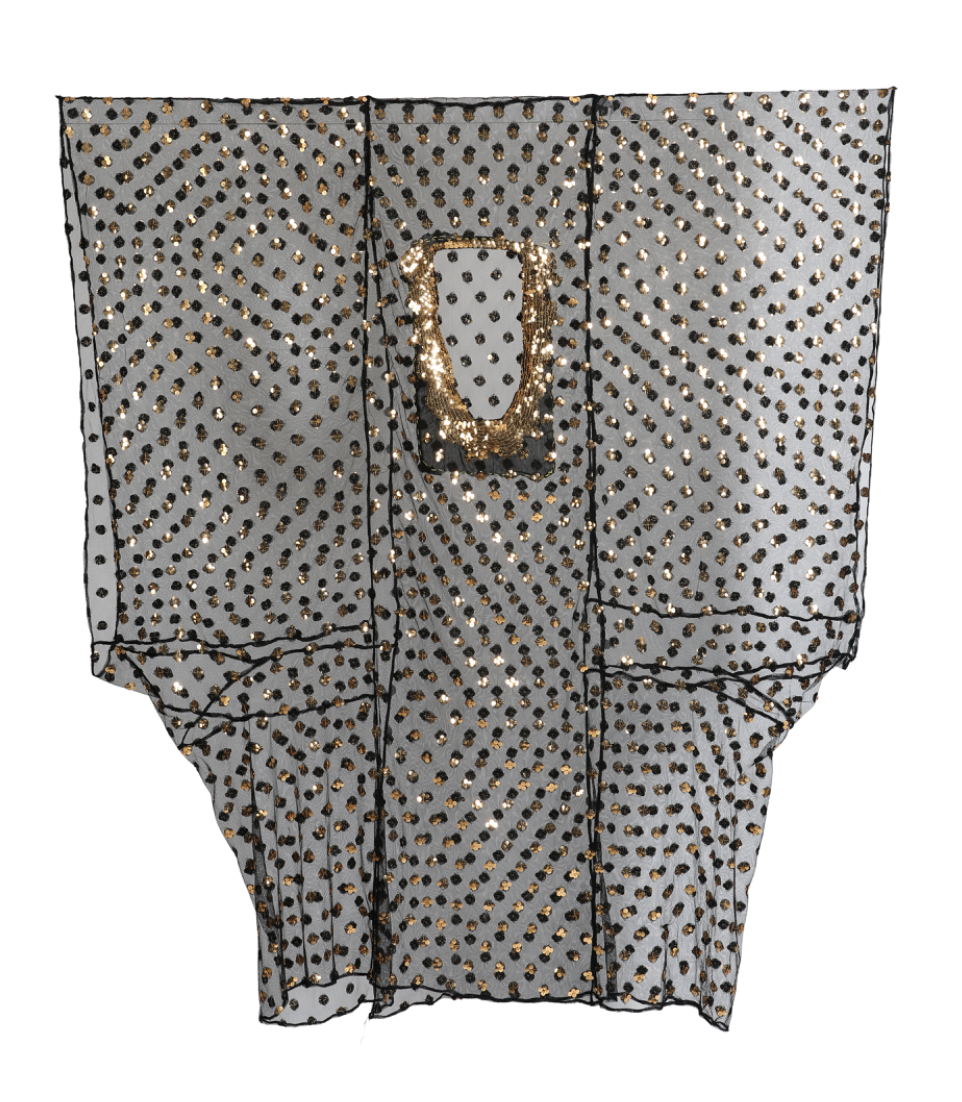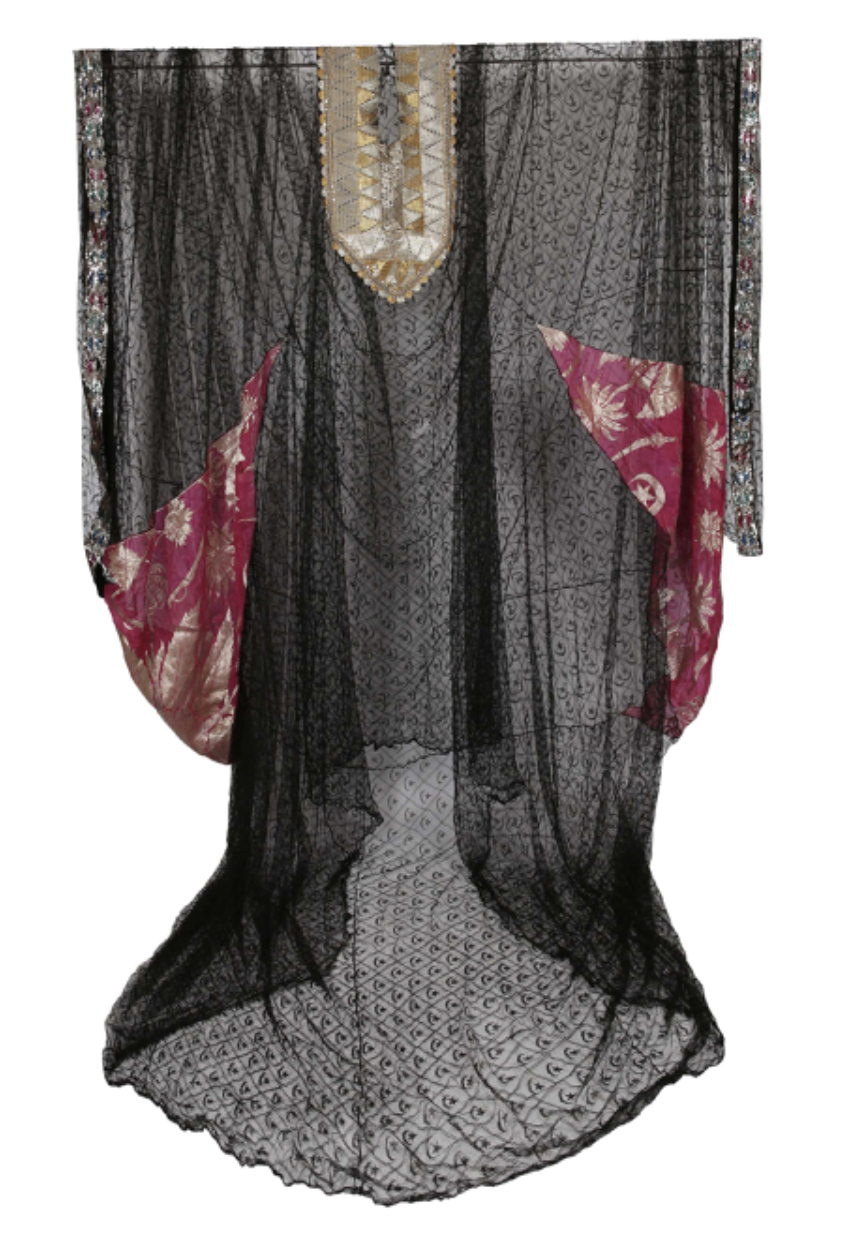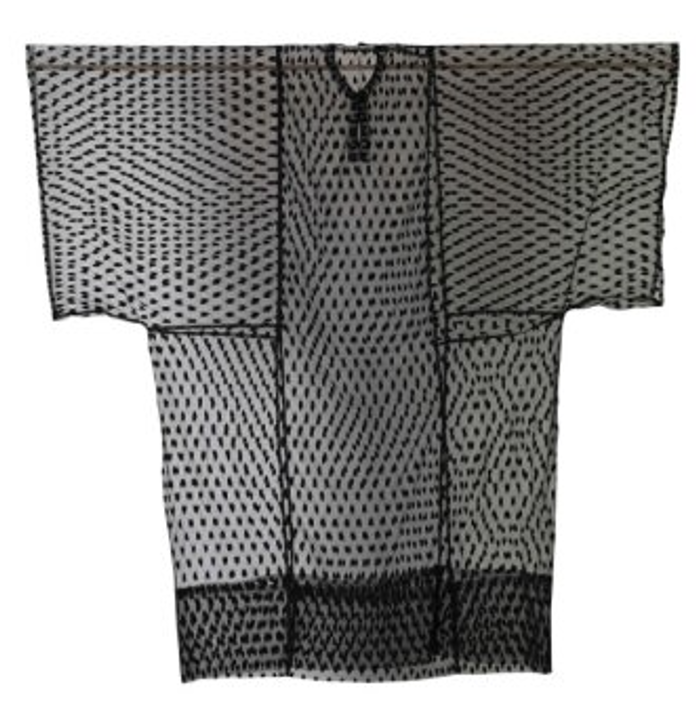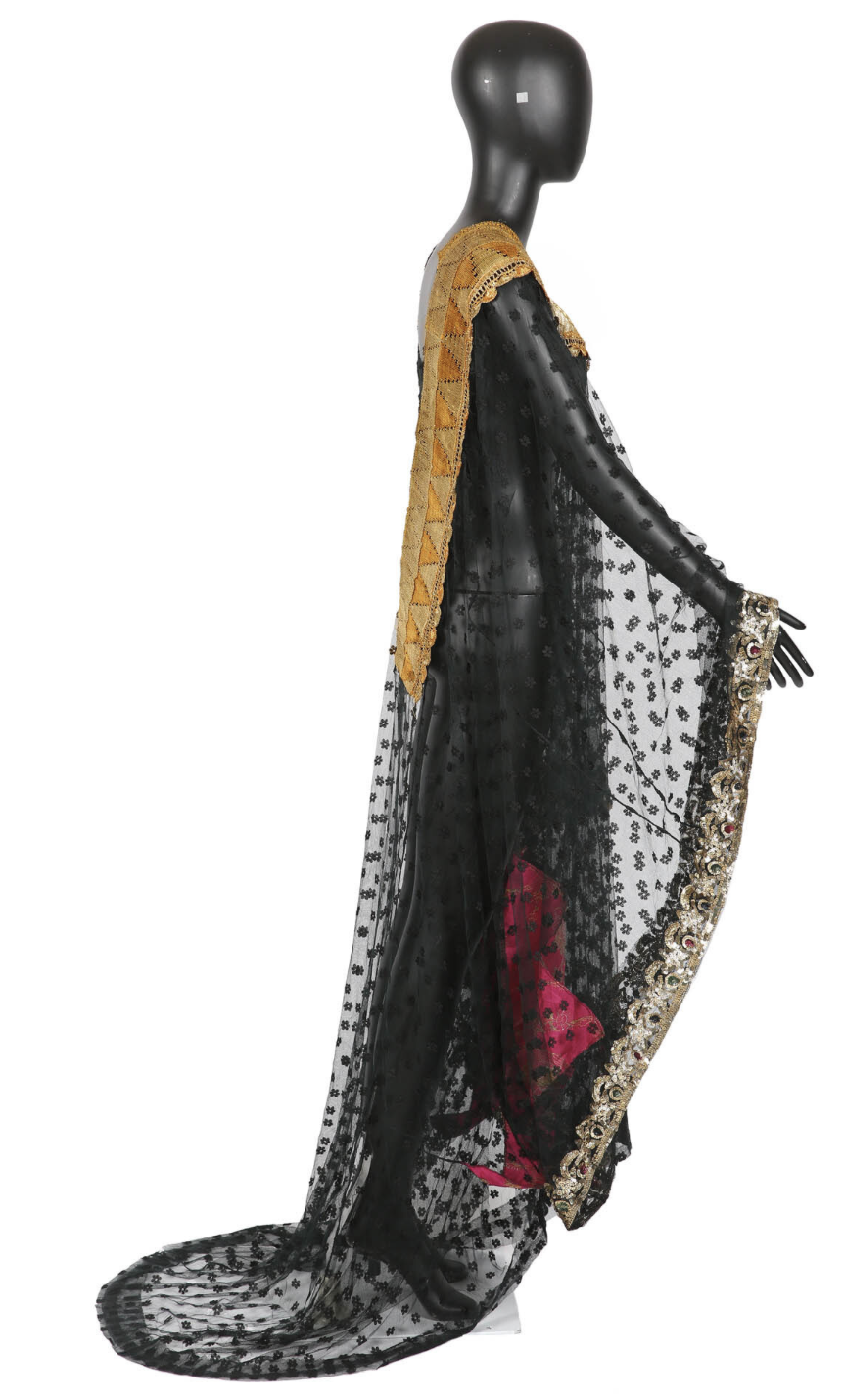Building upon the foundational exploration of ceremonial thiyāb in the previous segment—which examined the thawb hashmi, thawb kurar, thawb naqdah, and thawb nashl as emblematic garments of women’s sartorial heritage in Iraq and the Arabian Peninsula—this second instalment continues the investigation into the region’s rich textile traditions. These garments, with their elaborate craftsmanship and symbolic embellishments, served not only as attire for special occasions but also as visual markers of cultural identity, status, and regional aesthetics. The following section broadens the scope by introducing additional types of thiyāb worn across various localities, each distinguished by unique construction methods, decorative vocabularies, and socio-cultural functions. As this inquiry progresses, it aims to document and contextualize an ever-expanding repertoire of traditional women’s garments, situating them within the evolving historical, artistic, and anthropological narratives of the Arab East.
Thawb Tur Zari
Named after French tulle, the thawb tur zari is a loose tunic crafted from delicate tulle fabric and adorned with metal thread embroidery. Its light and airy texture, combined with intricate embellishments, make it a popular choice amongst women of the Arabian Peninsula for ceremonial occasions.
Closeup of a thawb tur zari; Embellished Tulle Tunic Robe, Bahrain, c. 1966; ACC No: ZI2021.500879.2 BAHRAIN, The Zay Initiative Collection.
Thawb Bu Nunah (or Thawb Bu Nafah)
This garment is constructed from Point d’Esprit-style dotted tulle fabric, characterized by its delicate and airy design. Its loose silhouette and wide sleeves reflect the traditional aesthetics favoured by Gulf women.
The term nunah is derived from the Arabic word naqdah, which translates to “points” or “dots,” and the term naff, meaning “seeds.” These etymological roots highlight the garment’s defining feature: its distinctive dotted patterns. This nomenclature underscores the visual characteristics that set this attire apart within traditional textiles.
Closeup of a thawb bu nunah; Woven Tulle Tunic Robe, Kuwait, c. 1972; ACC No: ZI2018.500246 KUWAIT, The Zay Initiative Collection.
Thawb Msarah (or Thawb Mkhawas Zari, Thawb Mgasab, Thawb Mqasab)
The thawb msarah is defined by vertical embellished stripes along its sides, while the thawb mkhawas zari, thawb mgasab, and thawb mqasab are notable for their use of metal thread embroidery. These garments emphasize linear patterns and metallic accents, enhancing their ceremonial appeal.
The term msarah in Arabic translates to “straight line,” which aptly describes the frequently employed straight lines in the decorative patterns on the thawb. Additionally, mkhawas is derived from the Arabic word mqasab or mgasab, both of which refer to metal thread. Interestingly, the term mkhawas zari can be translated as “metal thread metal thread,” as zariis the Persian term for metal thread.
The richly adorned vertical rows of metallic thread embellished stripes on these, emphasizes symmetry and grace.
Sample of a thawb msarah; Embellished Tulle Tunic Robe – Kuwait, c. 1950-60; ACC No: ZI2018.50068 KUWAIT, The Zay Initiative Collection.
Thawb Mfahah (or Thawb Myarah, Thawb Myazza’)
Constructed from colourful fabric panels, these garments exemplify the creative use of textiles in traditional dress. Their vibrant patchwork design symbolizes the cultural vibrancy and artistry of the region.
Each synonymous term for the thawb reflects its distinct characteristics of patchwork design, which highlights local creativity. The term mfahah is derived from the Arabic word fah, meaning “to cut into pieces.” Similarly, the term myarah is derived from jrh, which means “to cut” or “to wound,” while myazza’ originates from mjazza’, also meaning “to cut into pieces” in Arabic. These terms collectively refer to the cut panels of various fabrics used in the construction of this particular style of thawb.
Sample of a thawb mfahah; Embellished Silk Patchwork Robe, Kuwait, c. 1975; ACC No: ZI2018.50069 KUWAIT, The Zay Initiative Collection.
Thawb Manthur
The thawb manthur is characterized by small, scattered embroidered patterns that create a subtle yet sophisticated aesthetic. This style is highly regarded for its understated elegance. The term manthur, meaning “scattered,” refers to a robe typically adorned with small, repetitive embroidery patterns. The meticulous detailing of the manthur reflects a refined aesthetic that is emblematic of the cultural preferences of the region.
The deep U-shaped neckline, characteristic of the thawb manthur in Iraq and Kuwait from the early to mid-20th century, was primarily influenced by fashion trends among the Levantine Bedouins and Egyptian peasants. This design choice distinguished the thawb worn in Iraq and Kuwait from those of the Gulf region, which were largely shaped by the fitted round neckline in Bahrain and, later, the square neckline popularized in the UAE.
Although the thawb manthur, particularly of Kuwaiti origin, gained widespread popularity across the Arabian Peninsula, it retained distinct regional characteristics. Much like the fabric of the nashl fabrics and zari, used in the creation of the manthur, were traditionally imported from the Indian state of Gujarat. These materials were then locally crafted, designed, and tailored into garments in Bahrain for the Gulf market. Over time, however, raw materials began to be sourced from Europe, particularly from France and Germany, reflecting broader shifts in trade and fashion during this period.
Sample of a thawb manthur; Embellished Tulle Tunic Dress, Kuwait, c. 1960s; ACC No: ZI2020.500655 KUWAIT, The Zay Initiative Collection.
Thawb Najdi
The thawb najdi, originating from the Najd region of Saudi Arabia, is characterized by its wide sleeves, reminiscent of the hashmi, and its intricate underarm gussets, or ibt, which are often made from lavishly woven fabrics. The garment’s richly embellished neckline and decorative elements on both the front and back emphasize its ceremonial significance.
The manner in which the edges of the sleeves are adorned can serve as a valuable indicator for dating the garment. When the underside of the sleeve hem is decorated, it typically indicates an earlier period. In contrast, when the hem’s adornment is positioned outward, it suggests a later date.
Historically, the wide sleeves of the thawb najdi were folded and draped over the wearer’s head to cover the hair as a symbol of modesty. To showcase the embroidery, it was applied on the inside of the garment. However, over time, this practice diminished as subsequent generations adopted narrower, less voluminous sleeves that were no longer draped over the head. In contemporary versions, if the sleeves are draped, the decorative trim appears reversed.
Sample of a thawb najdi; Embellished Tulle Robe, Najd, KSA, c. 1950s; ACC No: ZI2019.500829 KSA, The Zay Initiative Collection.
Thawb Mnaykhil
The thawb mnaykhil, named after the Arabic word for “sieve,” features a reticulate tulle fabric that resembles a mesh. This unique texture lends the garment an ethereal quality. The term is specifically local to the Kingdom of Saudi Arabia. Its unique texture combines utility with elegance.
Sample of a thawb myankhil; Woven Tulle Robe, KSA, c. 21st century; ACC No: ZI2022.501005.1 KSA, The Zay Initiative Collection.
Thawb Saḥābī
The thawb saḥābī is distinguished by its long train, which trails behind the wearer. The name, derived from the Arabic word for “dragging,” highlights the garment’s majestic and dramatic presence. This garment exudes an aura of regal sophistication, perfect for ceremonial occasions.
Sample of a thawb saḥābī ; Embellished Tulle Robe, Najd, KSA, c. 1989; ACC No: ZI1990.50071 KSA, The Zay Initiative Collection.
The diverse categories of women’s robes from the Arab East reflect a rich tapestry of cultural heritage, artistic craftsmanship, and social significance. Additionally, the embellishment techniques traditionally employed in the creation of these garments, which often utilized precious metals such as silver and occasionally gold, can be regarded as a tangible representation of the traditional Arabic idiom zinah wa khazinah—translated as “beauty and wealth together.” This expression aptly encapsulates the dual purpose of these adornments: not only do they enhance the aesthetic appeal of the garments, but they also signify the wearer’s social status and material wealth, reflecting the intrinsic value embedded in both the artistry and the materials used.
Each garment, from the elaborately embroidered thawb hashmi to the delicately dotted thawb bu nunah, tells a story of trade, artistry, tradition, social practices and identity. These robes not only serve as a testament to the region’s historical and cultural legacy but also continue to inspire contemporary appreciation and preservation efforts.

